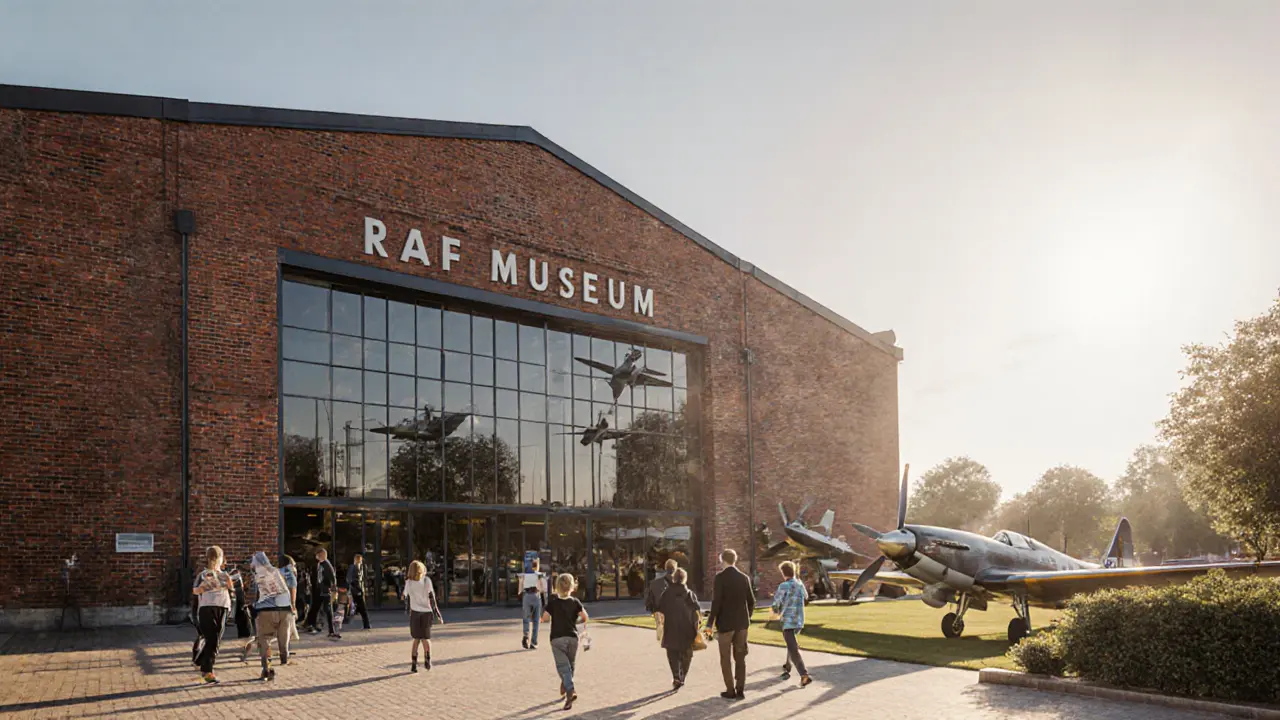Aviation Heritage: Exploring the Legacy of Flight
When you hear the term aviation heritage, the collection of historic aircraft, stories, and sites that document humanity’s journey into the skies. Also known as aviation history, it shapes how we understand technology, culture, and bravery in the air.
One core pillar of this legacy is historic aircraft, preserved planes that once ruled the skies, ranging from vintage biplanes to WWII fighters. These machines are more than metal; they are moving museums that let us feel the engine’s roar and the pilot’s skill. Complementing the aircraft are air museums, dedicated venues that showcase, protect, and interpret aviation artifacts for the public. Whether you step into a hangar in London or a restoration shop in Seattle, the museum experience turns raw history into an interactive lesson.
Behind every plane is a human story, and wartime pilots, the courageous aviators who risked everything during conflicts, leaving behind tales of daring and sacrifice, embody the spirit of aviation heritage. Their letters, medals, and personal relics add depth to the technical marvels, reminding us that flight has always been a blend of engineering and heart. Preserving these narratives ensures future generations can appreciate both the technology and the people who pushed its limits.
Why Aviation Heritage Matters Today
Aviation heritage isn’t just about nostalgia; it fuels modern innovation. Engineers study historic airframes to inspire greener designs, while educators use museum exhibits to spark STEM interest. The link between past and present creates a feedback loop: today’s breakthroughs often echo ideas first tried in a 1920s trimotor or a Cold War jet. By maintaining authentic examples, we keep a living library that feeds curiosity and drives progress.
The preservation process itself is a specialized field. Restorers must balance authenticity with safety, often sourcing original parts or fabricating replicas based on archival schematics. This meticulous work highlights how aviation heritage requires a blend of craftsmanship, research, and funding. Community volunteers, corporate sponsors, and government grants all play a role in keeping these treasures airworthy or display‑ready.
Beyond technical aspects, aviation heritage shapes cultural identity. Communities rally around local airfields, hosting fly‑ins and commemorations that bring together veterans, families, and enthusiasts. These events reinforce a shared pride and keep the stories of wartime pilots and pioneering engineers alive in public memory.
For travelers, visiting an air museum can be as thrilling as a day trip to a theme park. Imagine walking beneath a massive bomber, hearing the click of its gun turrets, and imagining the crew’s camaraderie. That visceral connection turns passive learning into an unforgettable experience, encouraging repeat visits and deeper engagement.
When you explore the articles below, you’ll see how aviation heritage touches many facets of life—from health‑focused wellness programs that use flight metaphors to lifestyle guides that compare city transport systems to historic rail‑air links. Each piece reflects a different angle of how the legacy of flight influences modern culture, business, and personal growth.
Ready to dive deeper? Below you’ll find a curated collection of posts that illuminate the many ways aviation heritage intersects with everyday topics, offering fresh insights, practical tips, and inspiring stories that celebrate our shared skybound past.
- Elara Whitlock
- October 9, 2025
- Comments 0

